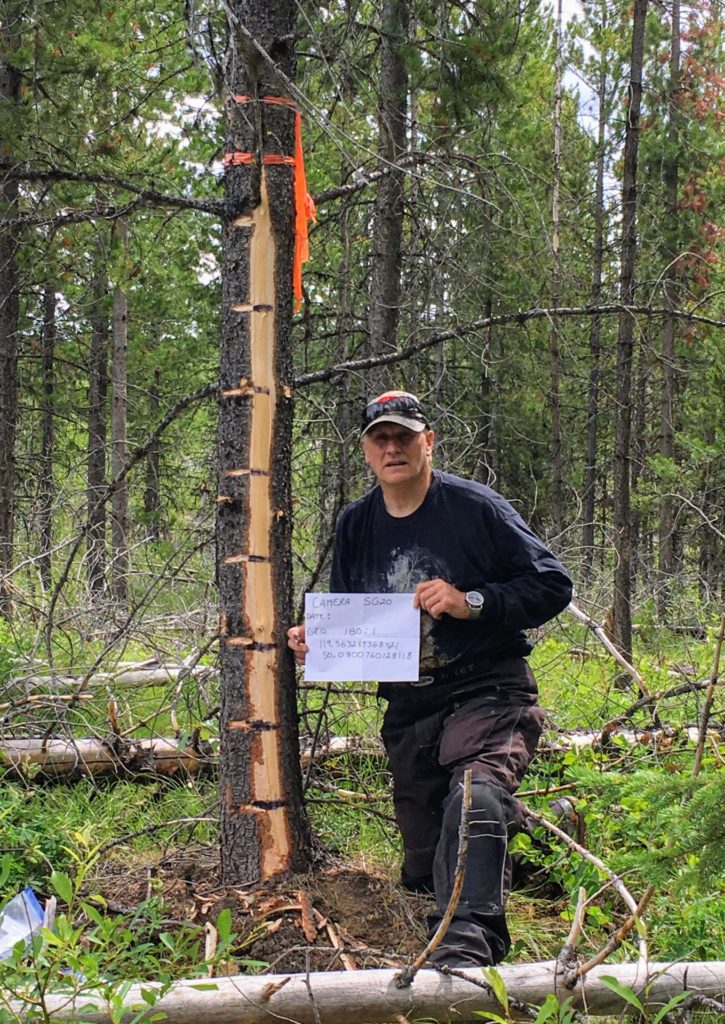You may or may not be aware, but there is a study being conducted currently on mule deer in the southern part of the province. The study began almost a year ago by first collaring mule deer in the areas south of Kamloops, around Princeton, the north and south Okanagan and east towards Christian Valley.
Advertisement
This summer, the study was expanded by placing 155 trail cameras throughout the same area. Cameras were placed initially in the spring and summer mule deer ranges, then the cameras were retrieved and placed in the fall and winter ranges from October to spring, at which time they will be gathered and placed back in their same summer areas. This study will be conducted for a three-year duration.

The goal of the study is to evaluate the productivity and habits of these mule deer, which have seen a significant decline in population, and to see why this decline is happening. Is it predators, cars, hunting pressure or environment, food sources declining or landscape effect?
Advertisement
How this became a story for bowhunters like myself is that we used to be able to bowhunt mulies from Nov. 25 (my Christmas) to Dec. 10. This was our time to hunt, uninterrupted by guns, and get in on some world-class mule deer bucks. This was lost in the last set of hunting regulations, much to my dismay.
Rather than sit on my hands and whine, I decided, along with hundreds of other hunters, to join the study by volunteering to help with the project, with the hope that one day we can get our late bow season back.
Advertisement
It has taken the requirement of volunteers to help capture and collar the deer, and to place trail cameras up at designated longitudes and latitudes determined by experts in the study. We would volunteer to place the cameras in the location set up by the expert and collect them later to be placed in the winter spots. It has been fun being a part of the study, by getting involved doing something worthwhile with other great sportsmen and women in the province.
The study is being conducted by some great organizations and experts in the field. In alphabetical order: BC government Fish, Wildlife and Habitat Branch, BC Wildlife Federation, and clubs, Okanagan Nation Alliance, University of Idaho, UBC Okanagan funders including BC Timber Sales, Habitat Conservation Trust Foundation, Natural Resource Sciences Branch (FLNRORD), Forrest Enhancement Society of BC and a number of private interests.
Results of the study will help to determine solutions for mule deer enhancement in the future, in this province and elsewhere. I would like to recognize Chloe Wright, PhD student, who is spearheading the collar program; Sam Foster from the University of Idaho, who is co-ordinating the trail camera placement aspect of the study; and anyone else I may have missed.
If you happen to run across a trail camera placed in the bush and 15 to 20 feet in front of it is a peg in the ground with lines, or a set of stripes marked on a tree with lines at eight-inch intervals, you are at the site of one of these camera locations for the study. Please do not steal or disrupt the spot.
If you would like to be a volunteer to help with placing cameras, contact Sam Foster at samuelfoster@uidaho.edu.